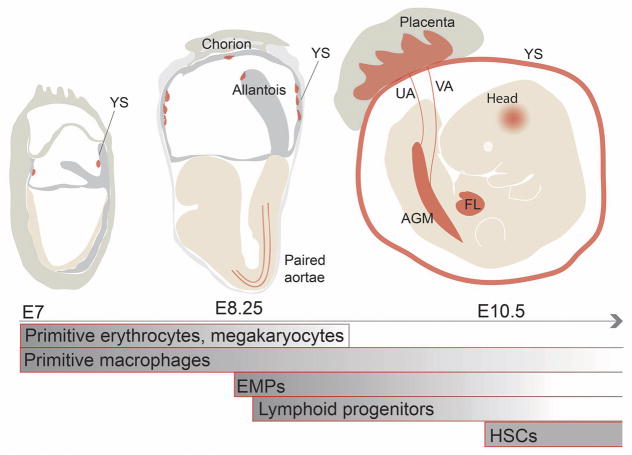Figure 1. Sites and times of blood cell generation in the mouse embryo.
Blood generation in the mouse embryo starts in the blood islands of extra embryonic yolk sac (YS) at embryonic day 7 (E7) with a transient wave of ‘primitive’ erythrocyte, megakaryocyte and macrophage production. The erythrocytes and megakaryocytes of that stage are short lived and disappear by E9. Primitive macrophages are hypothesized to be the source of tissue resident macrophages in the adult brain. The second wave of blood generation gives rise to bipotential erythroid-myeloid progenitors (EMPs) that emerge in the YS from E8.25. Shortly thereafter, lymphoid potential in detected. The paired dorsal aortae contain lymphoid potential as do the allantois/chorion. In the third hematopoietic wave, long-lived transplantable hematopoietic stem cells (HSCs) are generated beginning at E10.5 in the aorta-gonad mesonephros (AGM) region. HSCs are also detected in the vitelline (VA) and umbilical (UA) arteries, YS, placenta and in embryonic head. HSCs and EMPs migrate to the fetal liver (FL) where they expand and reside before migrating to the bone marrow niches.

